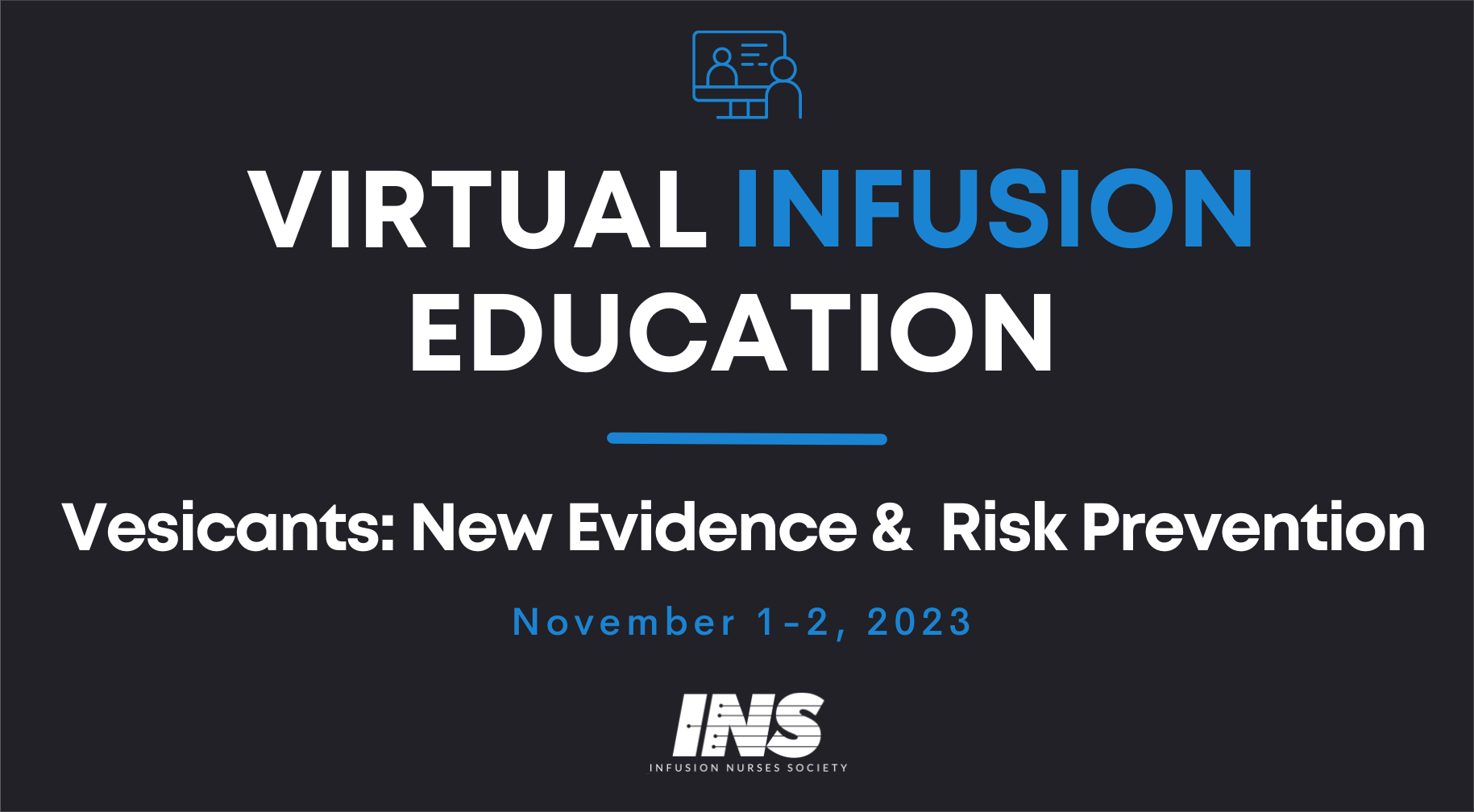
Learning Center
Extravasation Prevention Practices
Identification and implementation of prevention practices are key to reducing the risk of extravasation and potential consequences. Prevention begins with assessment of each patient’s risk factors and the related risks associated with vascular access devices (VADs) and continues with safe administration practices. This session provides an overview of key assessments and safe vesicant administration practices.
Learning Objectives: At the conclusion of this session, learners will be able to:
1. Review known patient and vascular access device–related risk factors.
2. Describe safe vesicant administration practices.
3. Recognize early evidence of extravasation.
Ruth Van Gerpen, MS, RN, APRN-CNS, AOCNS, PGMT-BC
Ruth Van Gerpen, MS, RN, APRN-CNS, AOCNS, PGMT-BC, is a clinical nurse specialist for oncology in Lincoln, Nebraska. An RN for 45 years, she has over 37 years of experience in oncology with subspecialties in pain management and vascular access. She retired in January 2022. Ruth has been responsible for education related to cancer; pain management and vascular access; improvement of patient outcomes through implementation of evidence-based practice; and leadership in the development of comprehensive clinical practice standards, programs, and services. In 2020, Jennie Ong and Ruth published “Recommendations for Management of Noncytotoxic Vesicant Extravasations,” providing an updated list of noncytotoxic vesicants with recommended antidote and compress therapy. She remains active on the local and national levels of the Oncology Nursing Society and continues to peer review and publish.
